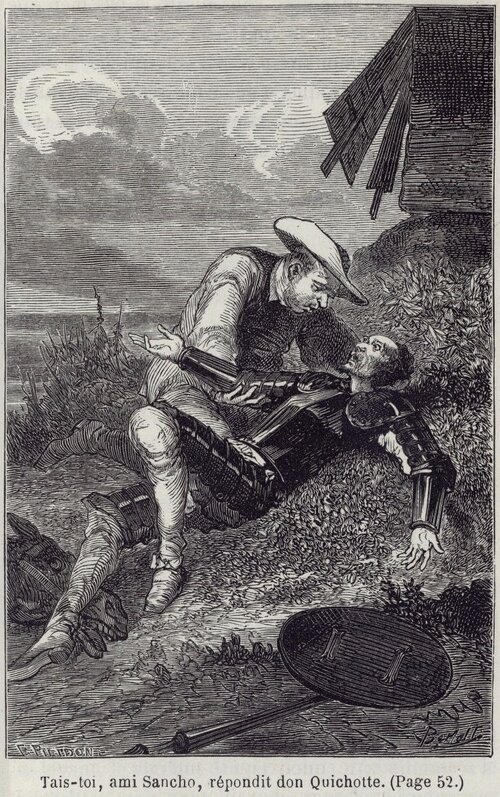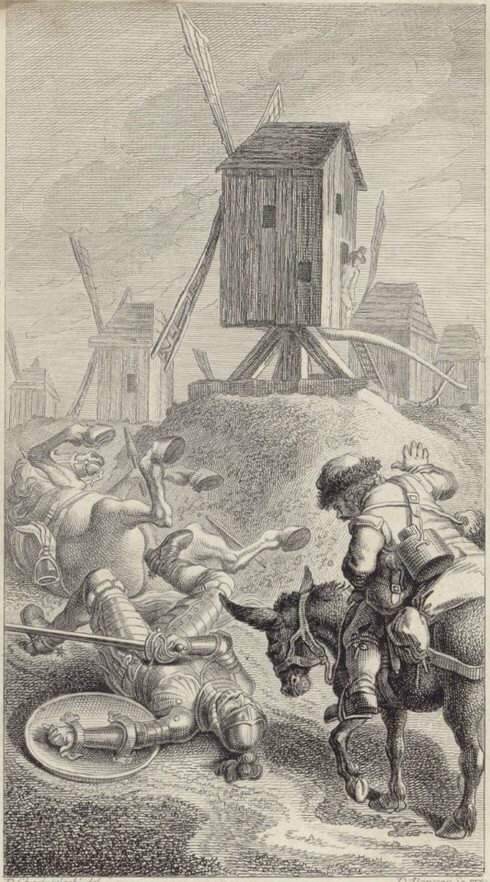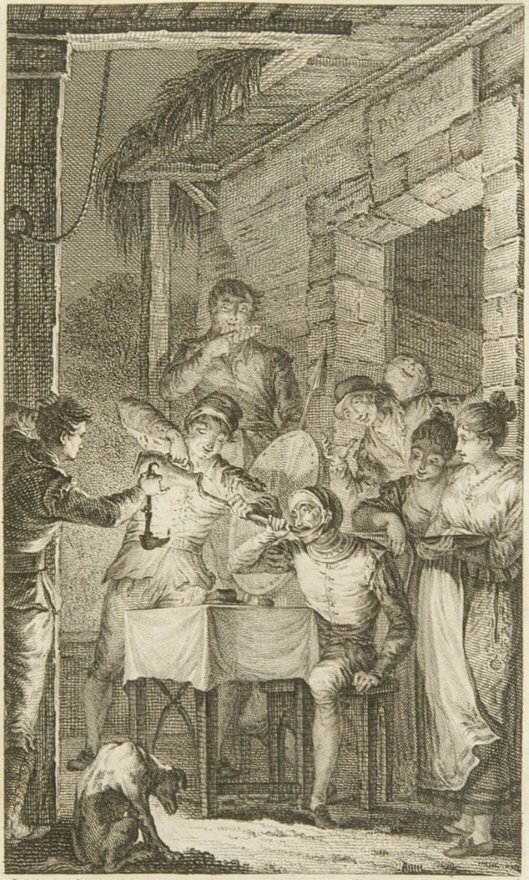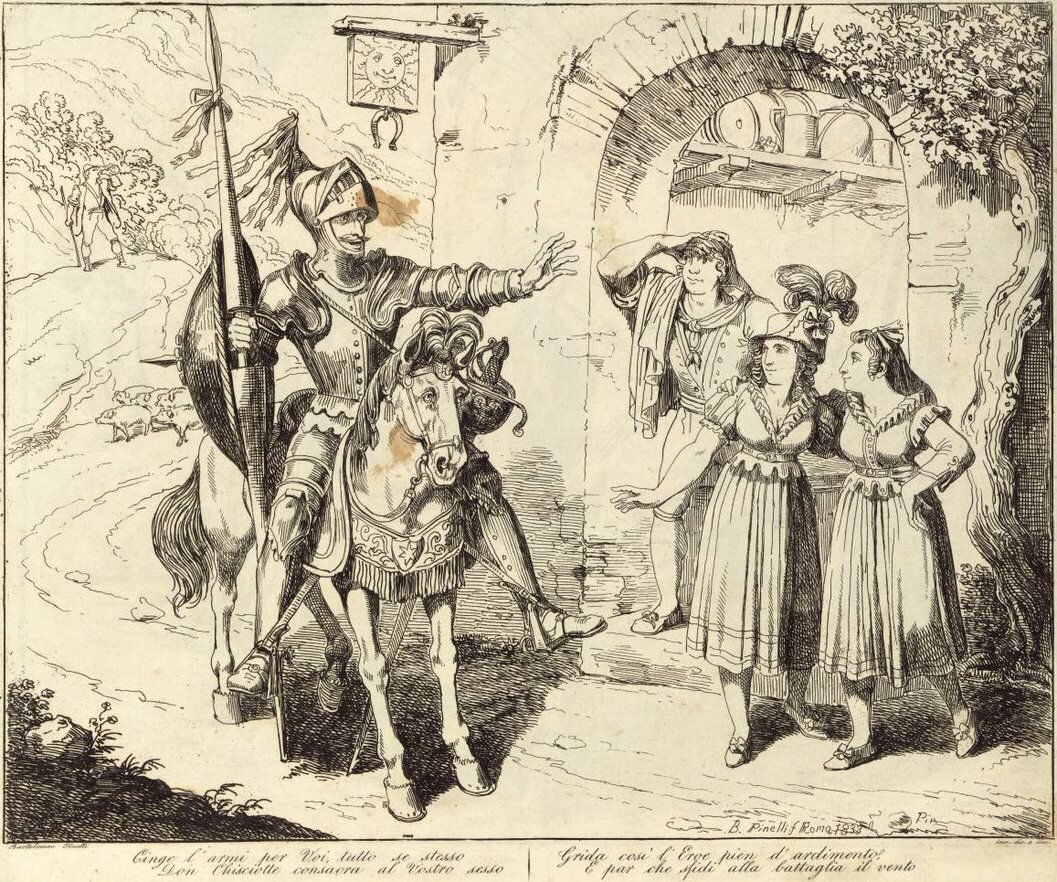
Don Quijote de la Mancha
Don Quijote de la Mancha (1605), written by Miguel de Cervantes, is recognized as one of the greatest novels in the western canon, and the most important work to have originated from Spain’s Golden Age. Cervantes creates the prototype for many of the fictional tropes audiences enjoy in literature, including metafiction. The story begins with a gaunt figure, Alonso Quijano, whose brain has been addled from his excessive reading of the chivalric romances so popular in the sixteenth century. Alonso Quijano’s perception of the world becomes so absorbed by the literature he has read that, to increase his honour and that of his country, he chooses to become a knight errant. To properly fulfill his role, he proclaims a farmer, Sancho Panza, his new squire. The contrast between Don Quijote’s eccentric cosmovision and Sancho Panza’s pragmatism, usually expressed with succinct adages, is a masterful dynamic that conveys many of the themes of idealism, social commentary, and the relevance of the nobility present in the work.
Because of Cervantes’ parodic, witty prose, Don Quijote is sometimes categorized as a comedy. The illustrations featured below, however, showcase the darker currents coursing through the text, such as the prevailing notion that idealism is wasted on this earth. The memorable scene in which Don Quijote sees windmills as giants, and charges at them as Sancho warns him against this attack, is one of the first instances in which the audience witnesses the clash between idealism and reality. In this episode, Don Quijote’s fantasy literally crashes against the material world, and the illustrations capture the violence inherent in this encounter.
CEMVC Don Quijote de la Mancha Collection
Graal, Jan, and Jan Willem van Heekeren, Amsterdam (1707)
Pierre-Michel Huart, Paris (1733)
J. Tonson, R. Tonson, and R. Dodsley, London (1742)
A. Millar, T. Osborn, T. and T. Longman, C. Hitch, L. Hawes, J. Hodges, and J. and J. Rivington, London (1755)
Gyldendals Forlag, Copenhagen (1776)
Caspar Fritsch, Leipzig (1780)
William Miller, London (1801)
Thomas Mclean, London (1819)
Imprenta Real, Madrid (1819)
Desoer, Paris (1821)
Effingham Wilson, W. F. Wakeman, and Waugh and Innes, London (1833)
Gentilucci, Italy (1834)
Clarey, Paris (1847)
Librairie de L. Hachette et cie., Paris (1863)
L. Hachette, Paris (1863)
